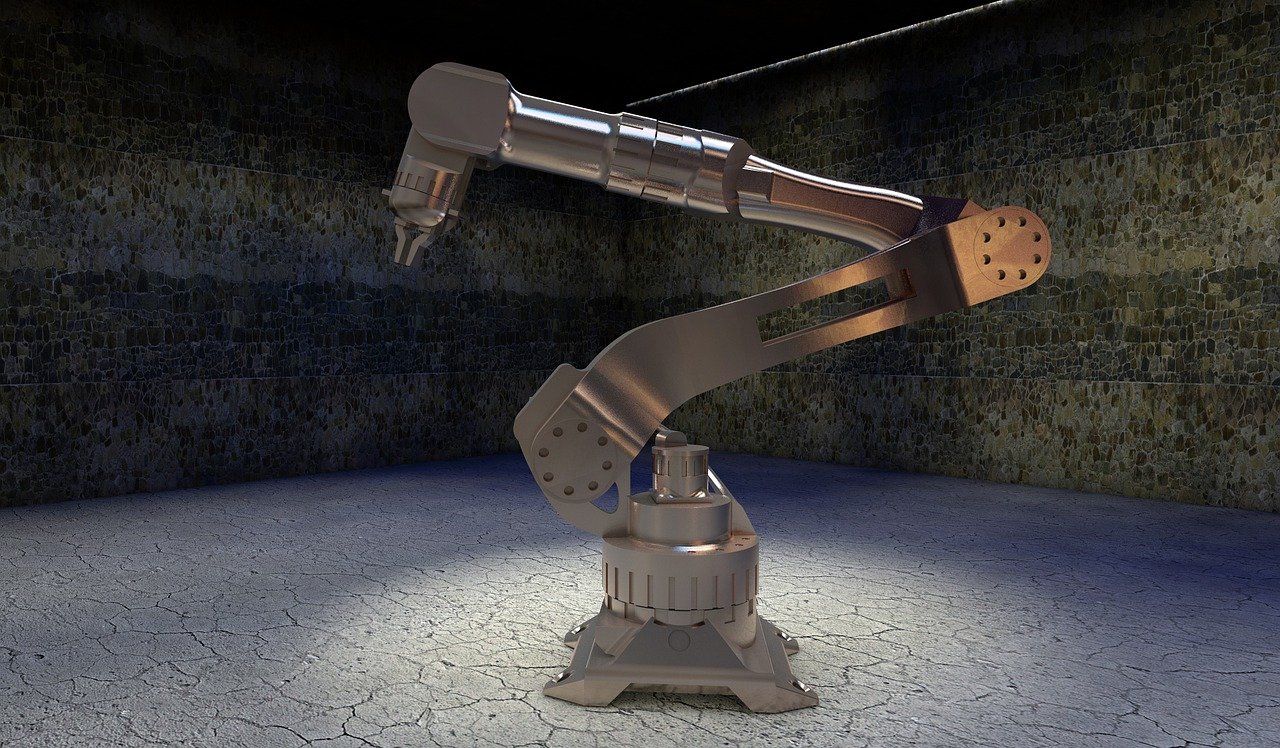Mechanical arms are mechanisms that are modified to perform a particular task rapidly, productively, and precisely. These machines have motors, and they’re regularly utilized for the quick, reliable execution of weighty and/or strenuous tasks over long periods. They are essential in assembly, machining, and manufacturing industries.
A common modern robot arm incorporates a progression of joints, articulations, and controllers, which are meant to intently resemble the functionality and motion of the human component from a mechanical perspective.
Some of the parts that robotic arm parts are meant to resemble include the wrist, shoulder, forearm, elbow, among others. Programmable robotic arms can be whole machines all by themselves, or they can work as a single piece of a more extensive and more intricate piece.
Many smaller robotic arms utilized in various workplaces today are mounted on table-tops and manipulated electronically. This article will look at considerations you should make when picking a robotic arm for your business.
The Considerations to Make When Selecting a Robotic Arm Include:
Mechanical arms can be utilized for all manufacturing, assembly, and processing tasks in existence. This especially includes any task whereby swift, exact and repeatable motions are in fact required.
Mechanical arms of various types are utilized today at each level of assembling, from trivially detailed circuit panel assembly to massive-sized industrial ventures, for instance, car assembly lines, and also a broad scope of conveyor belt tasks otherwise called pick and place.
For each situation, choosing the correct programmable robot arm for a given job or assignment should include the planned application’s exact nature and prerequisites. Some of the aspects to consider include:
Speed
Especially while picking mechanical arms for conveyor belt or pick and place tasks, it’s critical to focus on manufacturer appraisals on speed, especially the acceleration of the devices over extended distances.
Upgrades and alterations to speed ratings can be accomplished in certain sorts of mechanical arms through modifications that have been done on the type of actuators, belts, and motors used in tasks.
Loading Capacity
A wide range of mechanical arms has a maximum load limit. This manufacturer indicated figure in every case should surpass the overall weight of the payload associated with any task you anticipate that the arm should execute.
Various kinds of robot arms are upheld by contrastingly planned systems, which can grow or deteriorate the total load limit. This should be offset using the contemplation of floor space covered and the physical location.
Precision
Certain kinds of programmable mechanical arms are characteristically intended to be more exact in their scope of articulations and motions more than others.
This may come at more significant expense because the machine is more complex and includes a trade-off against different aspects, such as prospective travel distance, floor space covered, orientation, and speed.
For some modern applications, for instance, pick and place, mechanical arms that are able to do incredibly exact repeatable motions might be a superfluous cost.
Nonetheless, for tooling applications, exactness will be a critical contemplation before most other aspects. Modifications and overhauls can be made to enhance accuracy for particular kinds of mechanical arms.
Alignment
For the most part, this basis is characterized by the mounting points and footprint of the mechanical arm and how well it looks and feels beside other components in an assembly line, for instance.
It takes into account the manipulations and motions that your machine is expected to execute. This will consequently impact where the arm can genuinely be situated proportional with the components it will be moving.
Particular kinds of mechanical arms require colossal platforms or more substantial leeway to execute their programmed scope of motions. These aspects must be considered with regard to other components or manual operators close by.
Final Thought
All in all, different types of robotic arms are suited for different kinds of applications, as illustrated above. Therefore, it’s crucial for prospective buyers to review the tasks and environment you require a robotic arm to function in before making a purchase.



 Bitcoin
Bitcoin  Ethereum
Ethereum  XRP
XRP  Tether
Tether  Solana
Solana  USDC
USDC  TRON
TRON  Lido Staked Ether
Lido Staked Ether  Cardano
Cardano  Avalanche
Avalanche  Toncoin
Toncoin